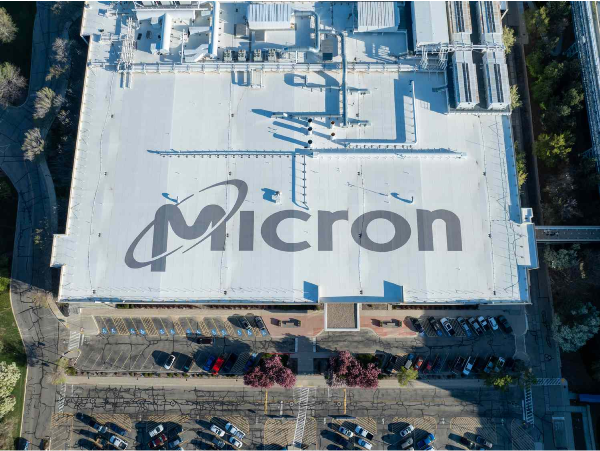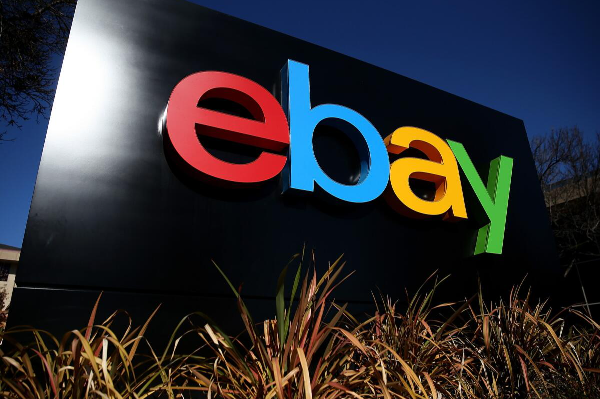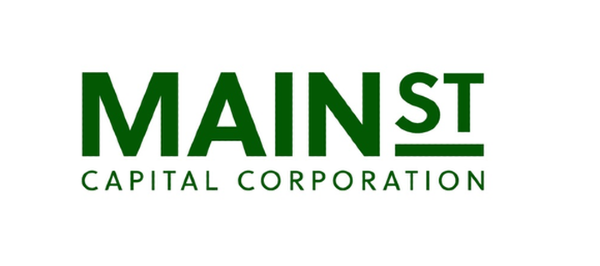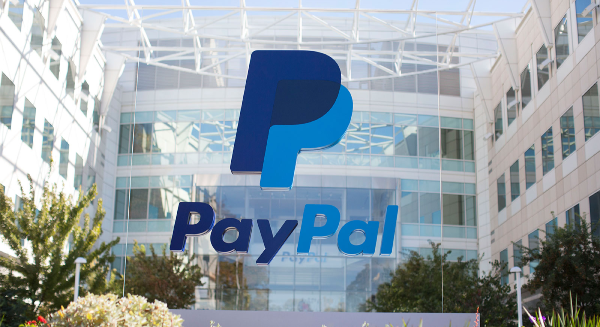Snowflake (NYSE: SNOW), one of the most prominent data companies, has become a compelling AI stock to consider. With artificial intelligence reliant on data, Snowflake’s position as a leader in the data space makes it a strong candidate for long-term investors. But with its premium valuation and growth-dependent metrics, is the stock a buy at current prices? Let’s delve into Snowflake’s revenue growth, operating margins, returns on invested capital (ROIC), and valuation to answer this question.
Revenue Growth: Slowing But Steady
Snowflake’s revenue growth has decelerated from its peak 100% growth rate in 2021 to a more sustainable 27% year-over-year growth in its most recent quarter (fiscal Q4 2025, ending January 31, 2025). Despite this slowdown, the company’s net revenue retention rate of 126% indicates strong customer loyalty, as existing clients spend 26% more annually on Snowflake’s services. Additionally, its remaining performance obligations (RPO), a measure of future revenue, rose to $6.9 billion, up by $800 million in one quarter.
Cash Flow and Profitability: Positive Trends
One of Snowflake’s most notable achievements is its improving cash flow from operations to sales, which has climbed from -2% in 2021 to 26.5%. This indicates that as Snowflake grows, it’s generating more cash relative to revenue—a positive sign for long-term sustainability.
However, there are challenges:
- ROIC: Snowflake’s ROIC sits at a troubling -26%, moving in the wrong direction. This is forgivable for an early-stage growth company, particularly given its strong cash flow trends and significant market opportunity.
- Stock-Based Compensation: Snowflake’s heavy reliance on stock-based compensation, a non-cash expense, could dilute shareholder value over time. While this is not unusual for growth companies, it’s a metric that warrants attention.
Valuation: Premium Pricing for a Premium Business
Snowflake operates an asset-light business model in a rapidly growing market, commanding a premium valuation:
- Forward Price-to-Earnings (P/E): 98, which is high but reflects its growth potential.
- Price to Free Cash Flow (P/FCF): 58, suggesting a fair valuation given its market leadership.
- Intrinsic Value (Discounted Cash Flow): $210 per share, up from a previous valuation of $150 following upgrades in Wall Street analysts’ cash flow forecasts. With its current share price below this intrinsic value, Snowflake appears undervalued based on its cash flow prospects.
Market Position: Advantages in AI and Innovation
Snowflake’s market operates on innovation-based competition, not price wars, which is ideal for long-term investors. It benefits from minimal pricing pressures and focuses on creating value for customers through innovation. Additionally, its role in the expanding AI market, projected to grow exponentially over the next decade, strengthens its position as a leading data company.
Final Verdict: Buy, Hold, or Sell?
At current prices, Snowflake is a buy for risk-tolerant investors looking for high-growth opportunities. While the stock carries inherent risks due to its premium valuation and negative ROIC, its market leadership, strong customer value proposition, and significant growth potential in the AI-driven data space make it a compelling choice. However, it’s important to note that Snowflake suits investors with a high risk tolerance and a long-term outlook.
https://youtu.be/KyG58sjhOII?si=yyegIZDACgL17WcY































Snowflake (NYSE: SNOW), one of the most prominent data companies, has become a compelling AI stock to consider. With artificial intelligence reliant on data, Snowflake’s position as a leader in the data space makes it a strong candidate for long-term investors. But with its premium valuation and growth-dependent metrics, is the stock a buy at current prices? Let’s delve into Snowflake’s revenue growth, operating margins, returns on invested capital (ROIC), and valuation to answer this question.
Revenue Growth: Slowing But Steady
Snowflake’s revenue growth has decelerated from its peak 100% growth rate in 2021 to a more sustainable 27% year-over-year growth in its most recent quarter (fiscal Q4 2025, ending January 31, 2025). Despite this slowdown, the company’s net revenue retention rate of 126% indicates strong customer loyalty, as existing clients spend 26% more annually on Snowflake’s services. Additionally, its remaining performance obligations (RPO), a measure of future revenue, rose to $6.9 billion, up by $800 million in one quarter.
Cash Flow and Profitability: Positive Trends
One of Snowflake’s most notable achievements is its improving cash flow from operations to sales, which has climbed from -2% in 2021 to 26.5%. This indicates that as Snowflake grows, it’s generating more cash relative to revenue—a positive sign for long-term sustainability.
However, there are challenges:
Valuation: Premium Pricing for a Premium Business
Snowflake operates an asset-light business model in a rapidly growing market, commanding a premium valuation:
Market Position: Advantages in AI and Innovation
Snowflake’s market operates on innovation-based competition, not price wars, which is ideal for long-term investors. It benefits from minimal pricing pressures and focuses on creating value for customers through innovation. Additionally, its role in the expanding AI market, projected to grow exponentially over the next decade, strengthens its position as a leading data company.
Final Verdict: Buy, Hold, or Sell?
At current prices, Snowflake is a buy for risk-tolerant investors looking for high-growth opportunities. While the stock carries inherent risks due to its premium valuation and negative ROIC, its market leadership, strong customer value proposition, and significant growth potential in the AI-driven data space make it a compelling choice. However, it’s important to note that Snowflake suits investors with a high risk tolerance and a long-term outlook.
https://youtu.be/KyG58sjhOII?si=yyegIZDACgL17WcY